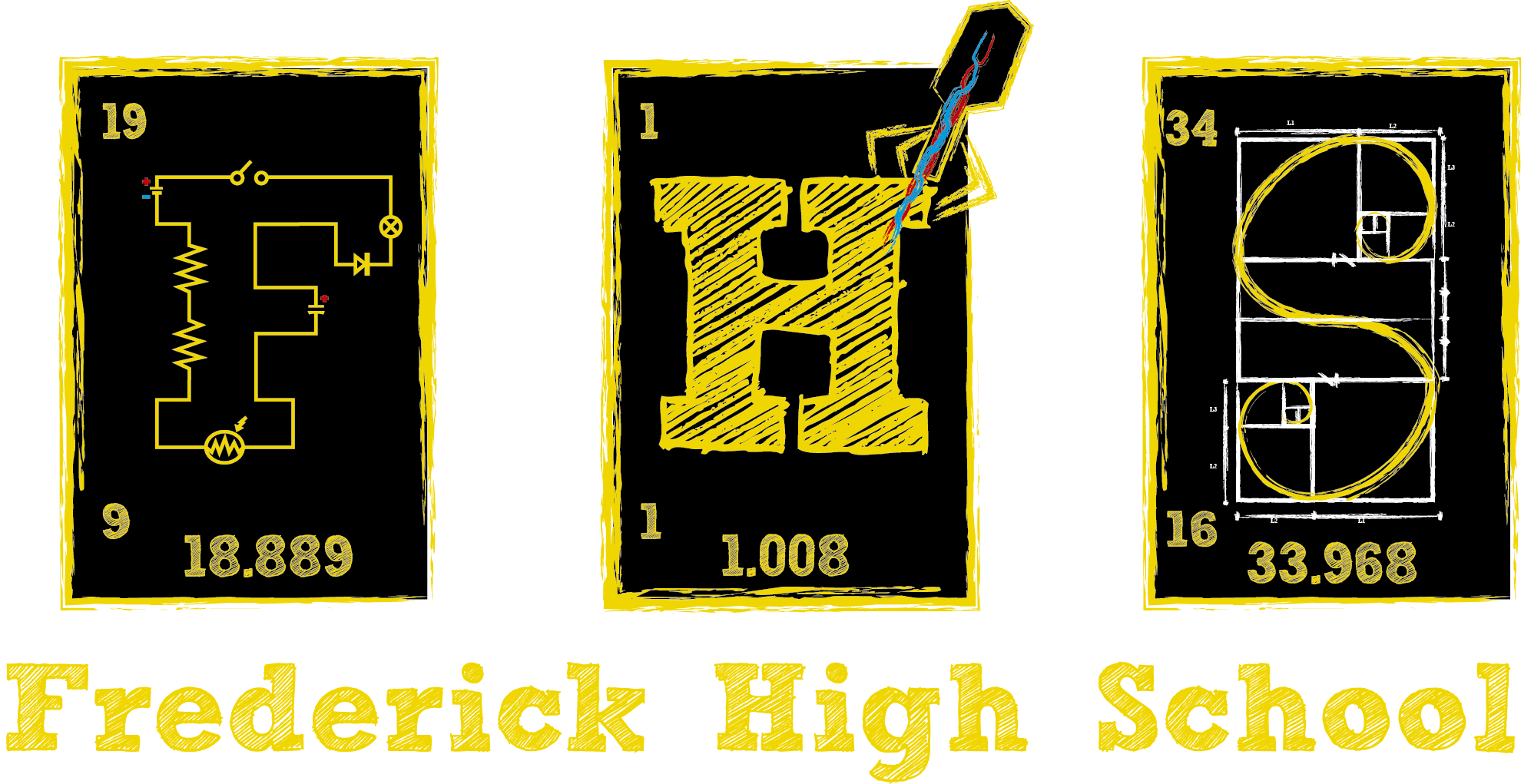Team:FHS Frederick MD/Materials and Methods
From 2014hs.igem.org
(Difference between revisions)
(Copied from the Procedures page) |
(→3A Assembly: Changed the title) |
||
| Line 1: | Line 1: | ||
{{:Team:FHS_Frederick_MD/Header}} | {{:Team:FHS_Frederick_MD/Header}} | ||
| - | = | + | =Materials and Methods= |
Following the direction of work completed by Drepper et al. 2007, the LOV florescent gene was modified for use in this experiment by altering one amino acid in the protein increasing the illumination given by the bacteria compared to the wild type gene. The increased fluorescence of the bacterial colonies makes the bacterial growth within the fuel cell easier to monitor. The Nirb gene has already been synthesized and was modified only be adding a prefix and suffix nucleotide strain in order to use it in the 3A Assembly process. The LOV gene also received this same Prefix and Suffix sequence. Each gene was incorporated into a standard construction plasmid by cutting each with restriction enzymes followed by ligation. After different plasmids containing one of the genes were made they were propagated in separate E.Coli bacterial colonies. Each strain will be cultivated in a liquid broth and centrifuged to concentrate a bacterial pellet. The DNA was then extracted from the bacteria and purified using QIAprep purification kit. Before continuing we had to confirm the incorporation of the plasmid into the bacterial DNA so a sample was run through gel electrophoresis. The plasmid containing the LOV gene was successful with the proper band lengths present. However the plasmid with the Nirb gene failed to form properly so we were unable to complete the 3A assembly process to then combine those plasmids. This will become a future project for our group in order to continue fashioning a more effective microbial fuel cell. | Following the direction of work completed by Drepper et al. 2007, the LOV florescent gene was modified for use in this experiment by altering one amino acid in the protein increasing the illumination given by the bacteria compared to the wild type gene. The increased fluorescence of the bacterial colonies makes the bacterial growth within the fuel cell easier to monitor. The Nirb gene has already been synthesized and was modified only be adding a prefix and suffix nucleotide strain in order to use it in the 3A Assembly process. The LOV gene also received this same Prefix and Suffix sequence. Each gene was incorporated into a standard construction plasmid by cutting each with restriction enzymes followed by ligation. After different plasmids containing one of the genes were made they were propagated in separate E.Coli bacterial colonies. Each strain will be cultivated in a liquid broth and centrifuged to concentrate a bacterial pellet. The DNA was then extracted from the bacteria and purified using QIAprep purification kit. Before continuing we had to confirm the incorporation of the plasmid into the bacterial DNA so a sample was run through gel electrophoresis. The plasmid containing the LOV gene was successful with the proper band lengths present. However the plasmid with the Nirb gene failed to form properly so we were unable to complete the 3A assembly process to then combine those plasmids. This will become a future project for our group in order to continue fashioning a more effective microbial fuel cell. | ||
Revision as of 12:32, 20 June 2014
 "
"
